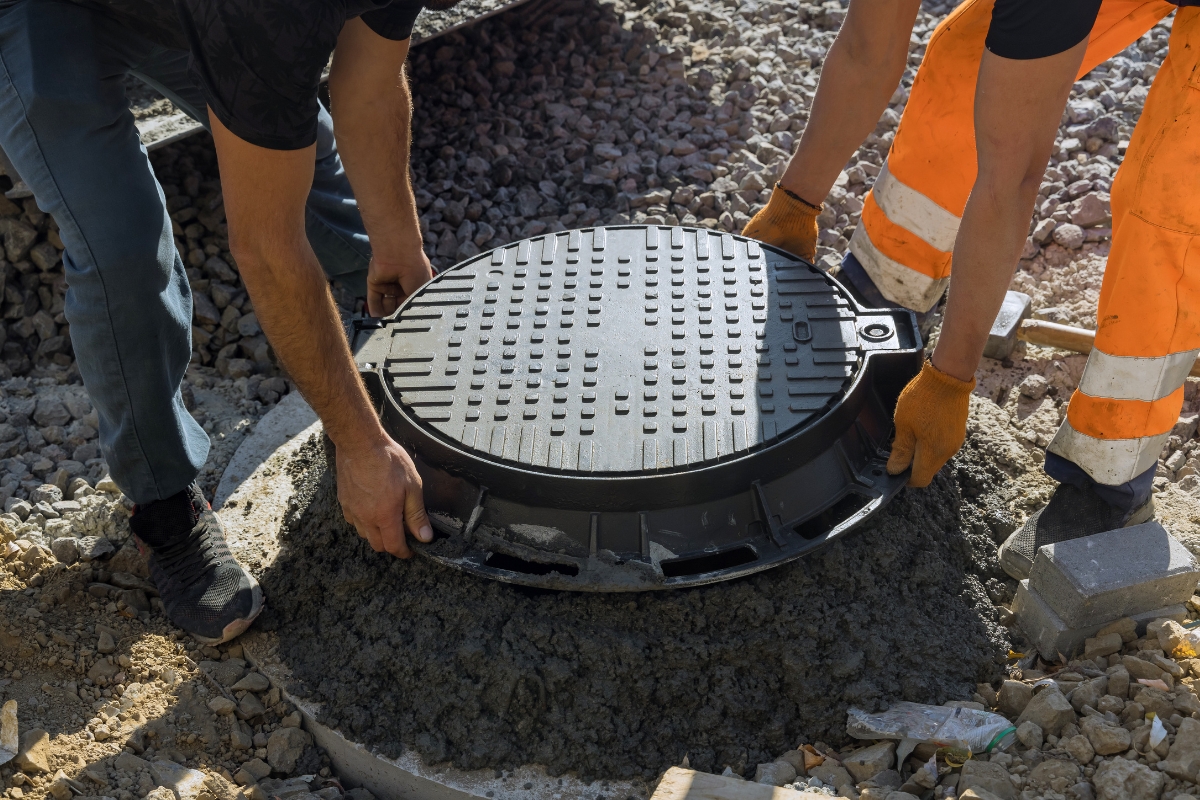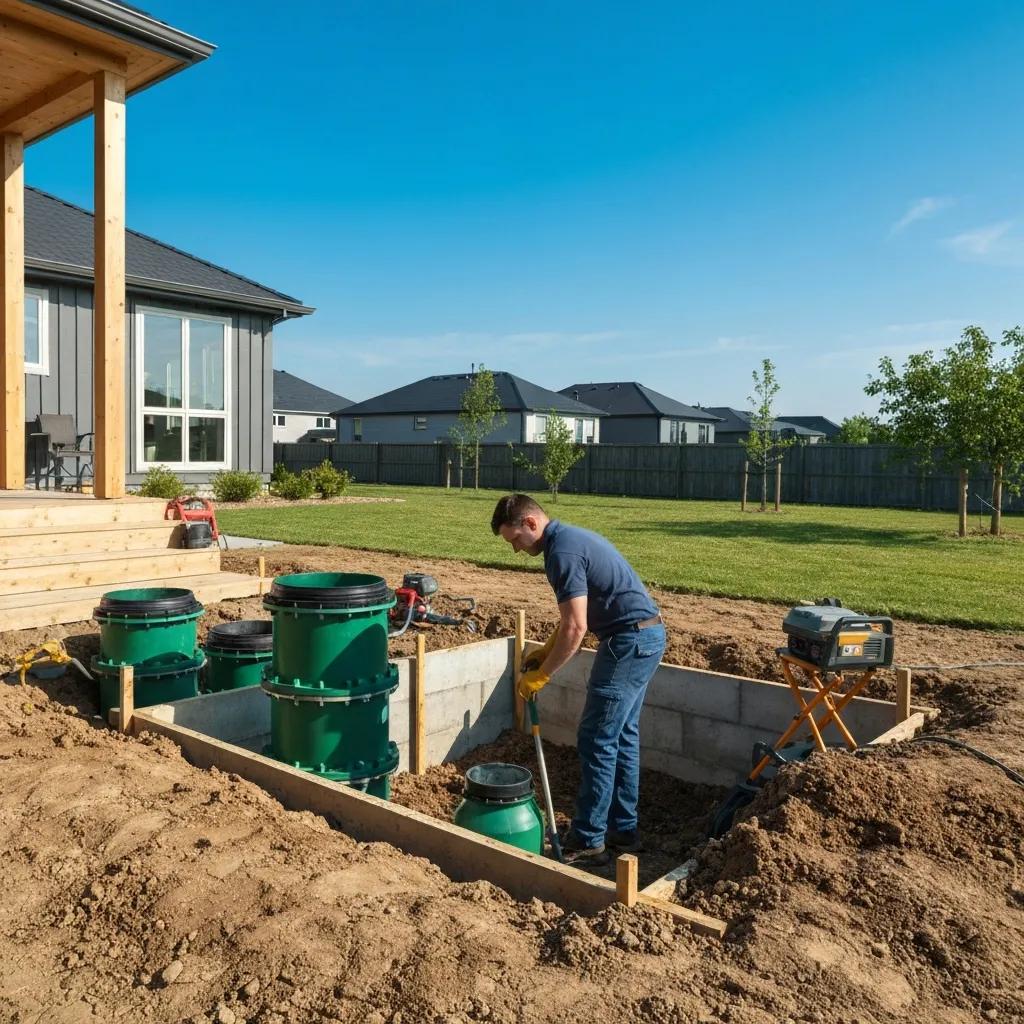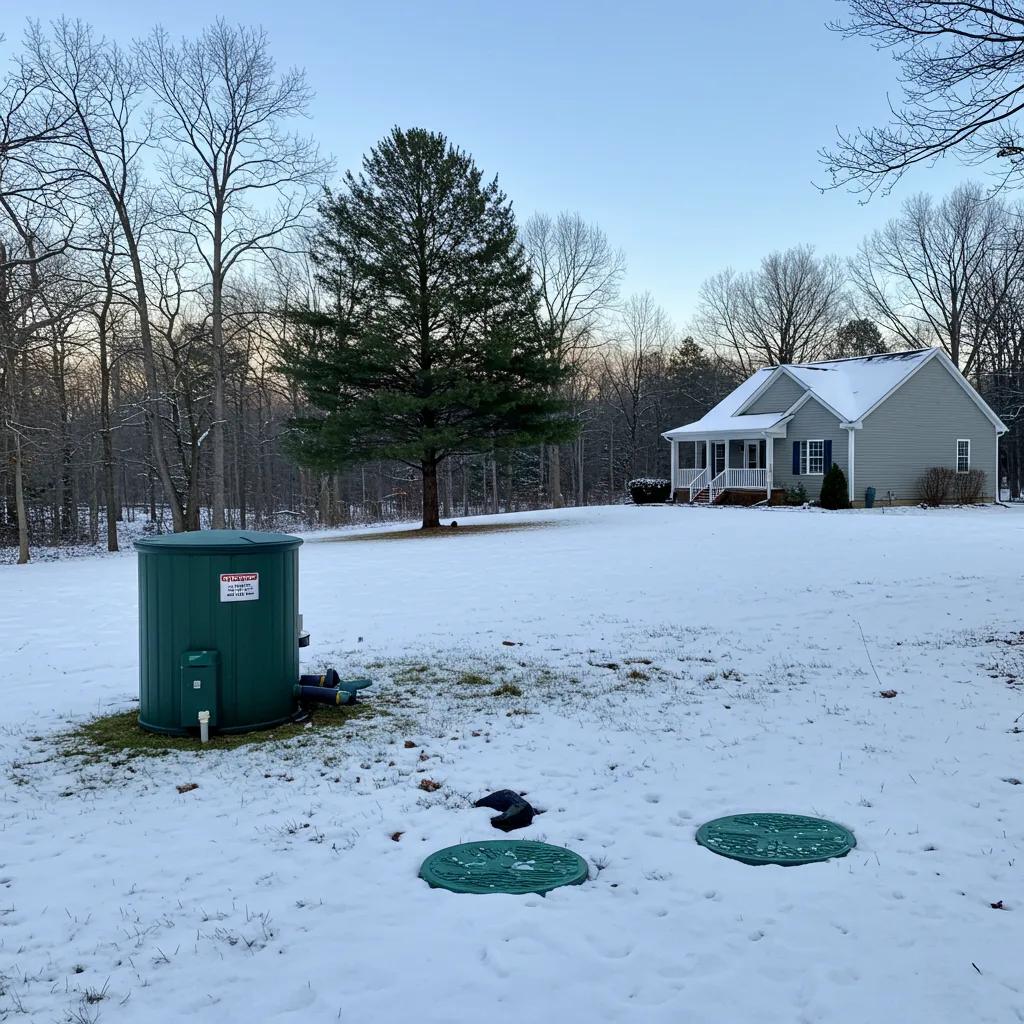Installing a septic system is a significant investment for homeowners, one that requires careful planning and budgeting to ensure a smooth and successful project. From soil testing for septic system installation and permit fees to labor and materials, the costs associated with septic system installation can vary widely depending on various factors.
In this guide, we’ll explore the ins and outs of new septic system installation costs and provide homeowners with practical budgeting tips to help them navigate this important decision.
Whether you’re considering installing a new septic system or replacing an existing one, understanding the septic tank installation costs involved and implementing smart budgeting strategies will empower you to make informed decisions and achieve your desired outcome within your financial means.
Get ready to embark on your septic system installation journey with confidence and clarity as we uncover the key factors and considerations for budgeting effectively.
Septic Tank Installation Cost: How Much Does it Really Add Up?
Factors Influencing Average Septic System Installation Costs
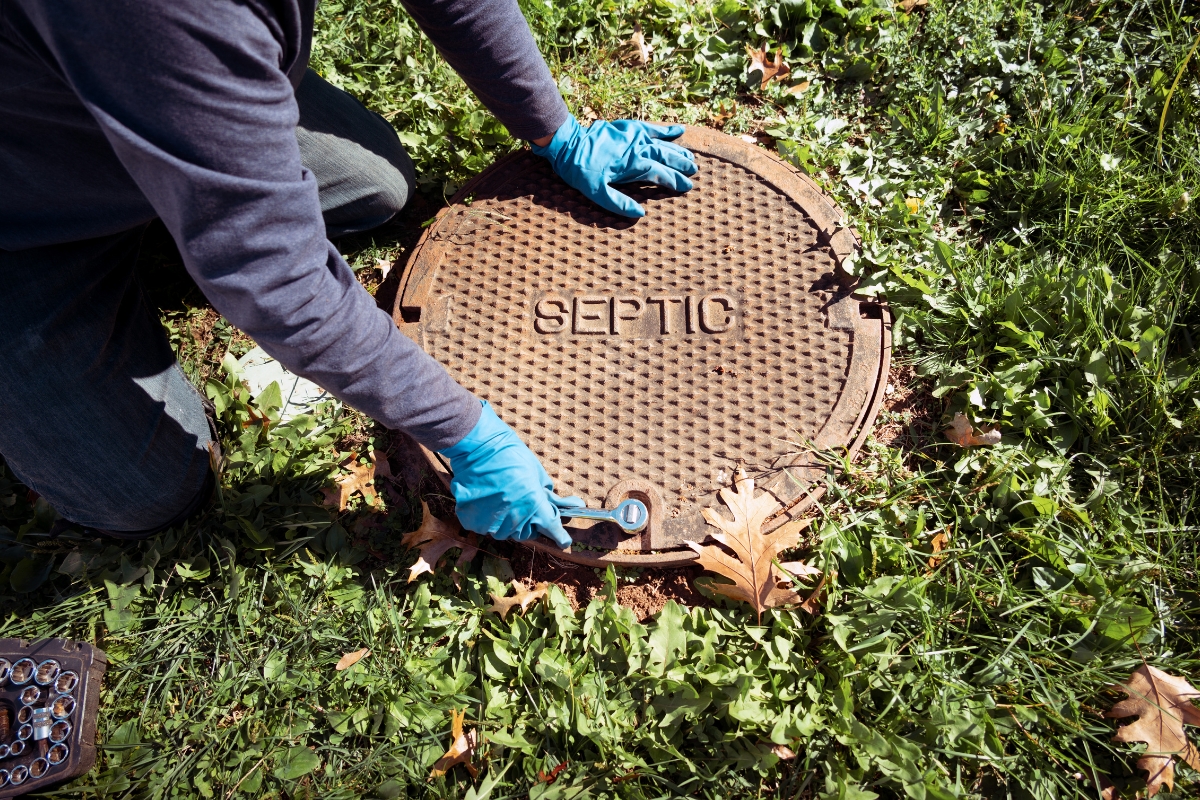
Factors influencing septic system installation costs can vary significantly based on several key elements that homeowners should consider before embarking on this essential project. By understanding these factors, homeowners can effectively budget for their septic system installation and avoid any unexpected financial burdens.
One of the primary factors that greatly impacts the septic system installation cost is the size of the property. Larger properties will require more extensive excavation and plumbing work, leading to higher overall costs. Additionally, the type of soil on the property can also affect installation costs. Properties with challenging soil conditions may require specialized equipment and techniques, increasing the overall expenses. To determine the condition of the soil, soil testing may need to be performed.
Another crucial factor to consider is the type of septic system being installed. Conventional septic systems are typically more affordable compared to advanced treatment systems or alternative options. Homeowners should carefully evaluate their needs and budget constraints when selecting the appropriate septic system for their property.
In addition to the type of system, the location of the property can also influence installation costs. Properties in remote or difficult-to-access areas may require additional labor and equipment, leading to higher installation expenses. Local regulations and permitting requirements can also impact costs, as homeowners may need to invest in specific permits or inspections before proceeding with the installation.
Furthermore, the topography of the property plays a significant role in determining septic system installation costs. Properties with steep slopes or uneven terrain may require additional site preparation and engineering, leading to higher overall expenses. Homeowners should consider these factors when budgeting for their septic system installation to avoid any surprises during the construction process.
Setting Realistic Budget Goals for Your Project
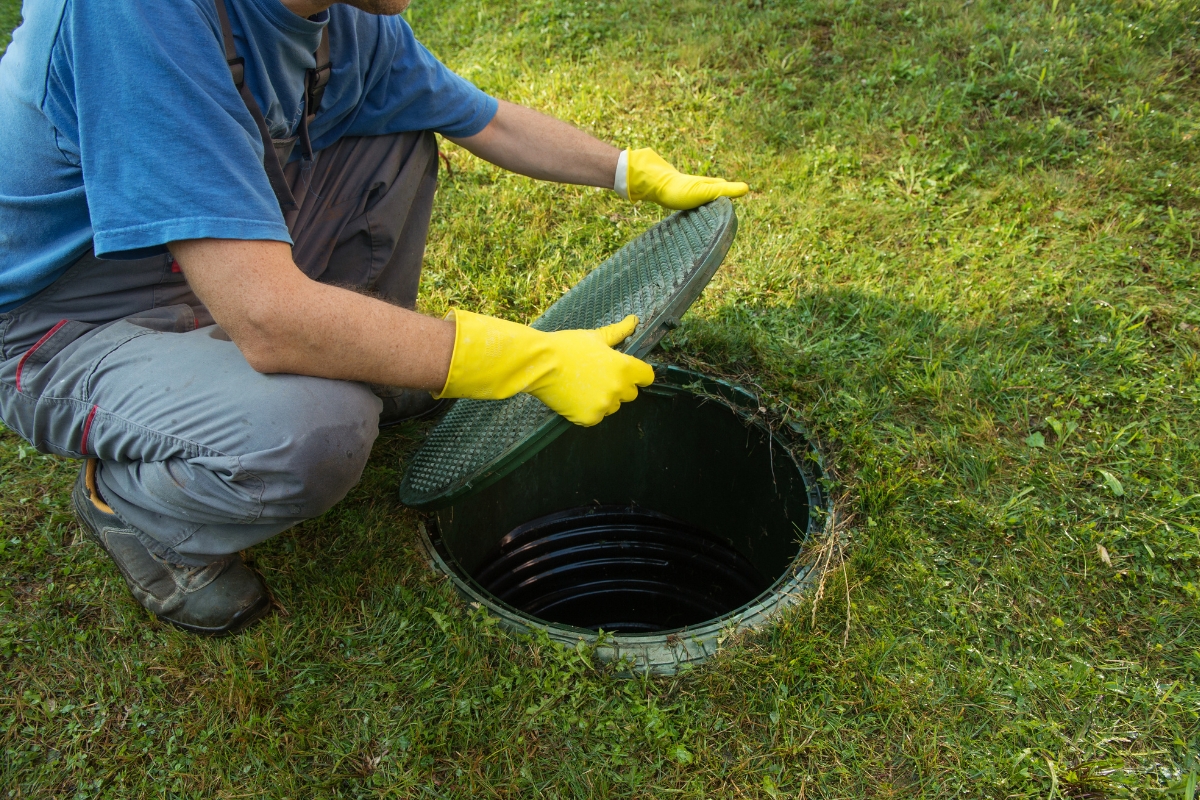
When it comes to undertaking a home renovation project like septic system installation, setting realistic budget goals is crucial for homeowners. Understanding the septic system installation cost is the first step in effective budget septic planning. By breaking down the expenses associated with the project, homeowners can allocate funds wisely and prevent unexpected financial strains.
- Estimating the Cost: The septic system installation cost varies depending on various factors such as the size of the property, soil conditions, and the type of system chosen. Conducting research and obtaining quotes from multiple contractors can help in getting a realistic estimate.
- Setting Budget Goals: Once the cost estimates are gathered, homeowners can set budget goals by categorizing expenses into segments like labor, materials, permits, and any potential additional costs. This segmentation ensures a comprehensive budget plan.
- Contingency Planning: It’s advisable to include a contingency fund in the budget to cater for unforeseen expenses that may arise during the installation process. This safety net helps in avoiding budget overruns and ensures the project stays on track.
- Seeking Professional Advice: Consulting with septic system installation experts can provide valuable insights into cost-saving measures and alternative options that align with the set budget goals. Their expertise can help homeowners make informed decisions.
- Regular Monitoring and Adjustments: Throughout the project, it’s essential to monitor the expenses and make adjustments if necessary. Keeping track of actual spending against the budgeted amounts helps in staying within the financial limits.
Cost Breakdown: Materials vs. Labor Expenses
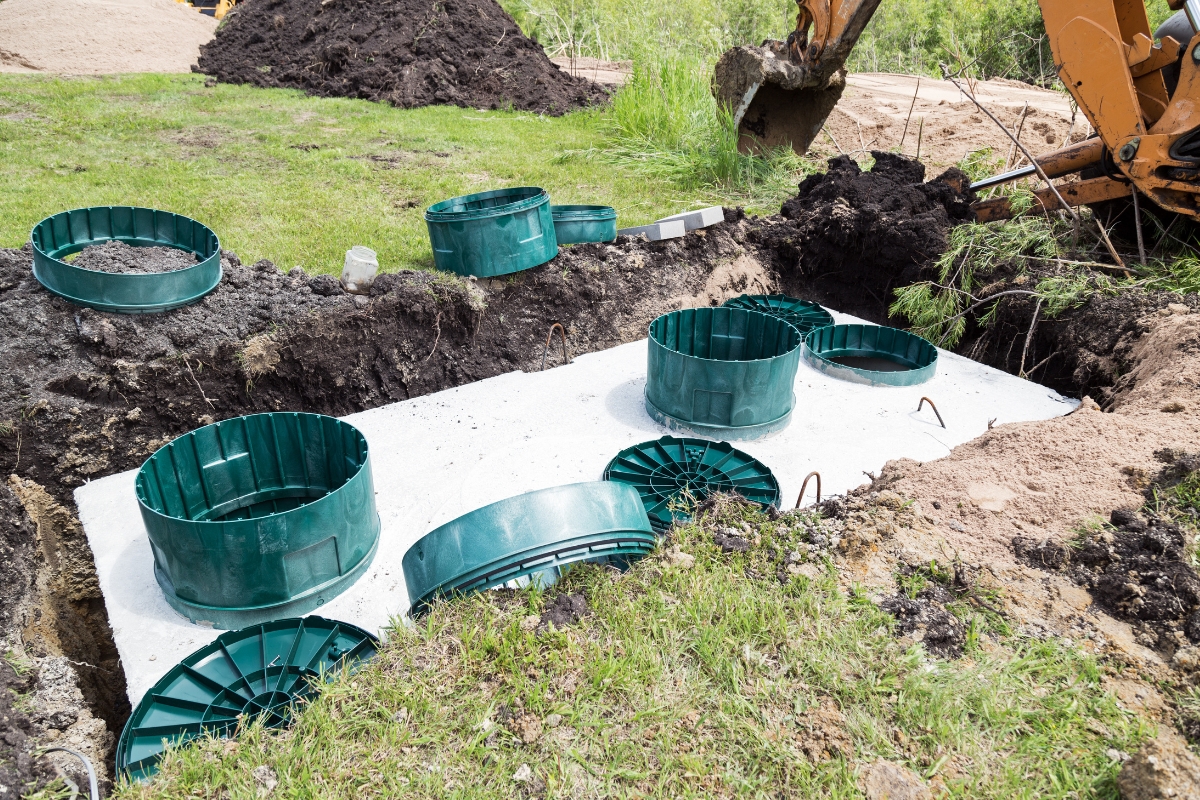
When it comes to the cost breakdown of septic system installation, understanding the division between materials and labor expenses is essential for homeowners looking to budget effectively.
Materials make up a significant portion of the septic system installation cost. This includes the tank, distribution box, pipes, gravel, and other necessary components. Prices can vary based on the size of the system, the quality of materials chosen, and the specific requirements of the property.
On the other hand, labor expenses play a crucial role in the overall septic system installation cost. Professional installers ensure that the system is correctly placed, connected, and functioning as it should. Their expertise and experience come at a price, but investing in professional labor can save you from costly repairs and issues down the line.
When budgeting for septic system installation, homeowners should strike a balance between materials and labor expenses. While it may be tempting to cut costs on materials or labor, compromising on quality can lead to increased septic costs in the future.
Exploring Different Types of Septic Tank System Costs
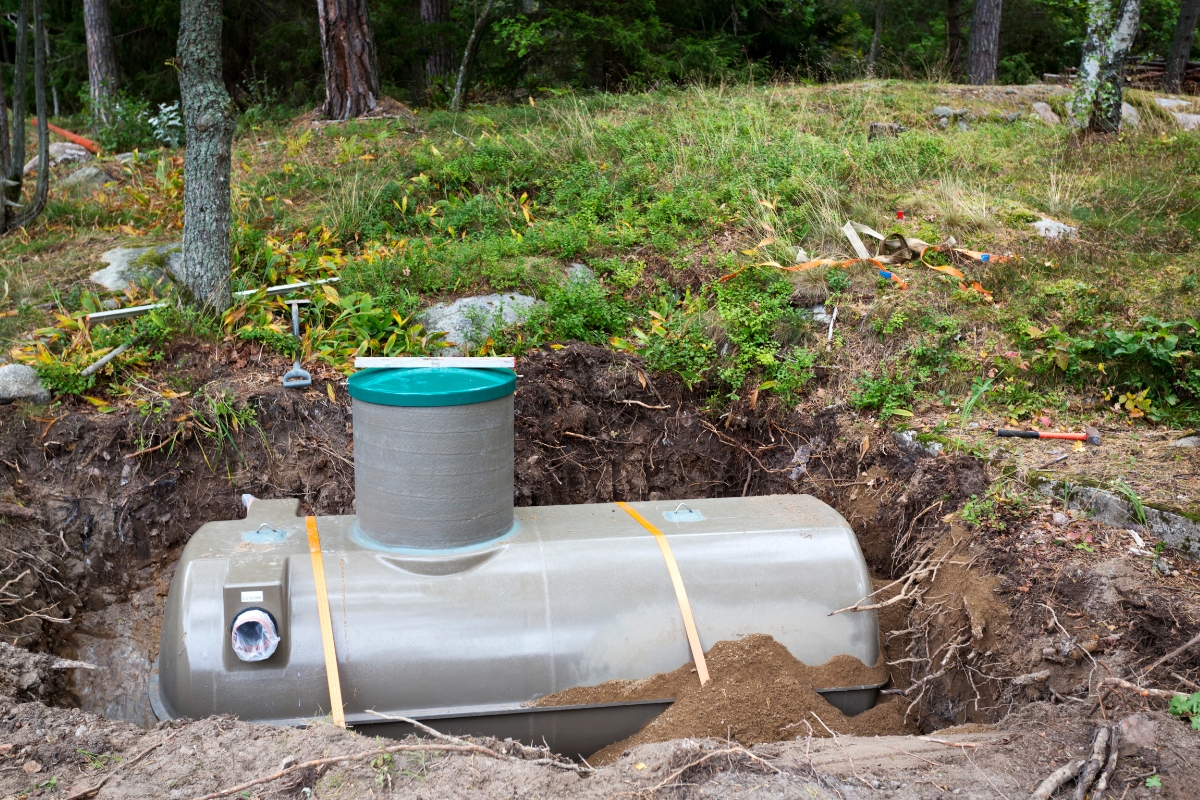
Septic systems come in various types, each with its own advantages, disadvantages, and associated costs. Understanding these options will help you make an informed decision based on your specific needs and budget.
A conventional septic system is the most common type and typically the most affordable. It consists of a septic tank and a drainfield, as previously mentioned. The cost of installing a conventional system can vary depending on factors such as tank size, soil conditions, and local regulations.
An alternative to conventional systems is an aerobic treatment unit (ATU). ATUs use additional oxygen to enhance the treatment process, resulting in cleaner effluent. However, this added technology comes at a higher cost compared to conventional systems.
If your property has limited space or challenging soil conditions, a mound system may be necessary. Mound systems involve constructing an elevated drainfield above ground level. While effective in difficult situations, mound systems tend to be more expensive due to additional materials and labor required.
Leveraging Technology to Reduce Installation Costs
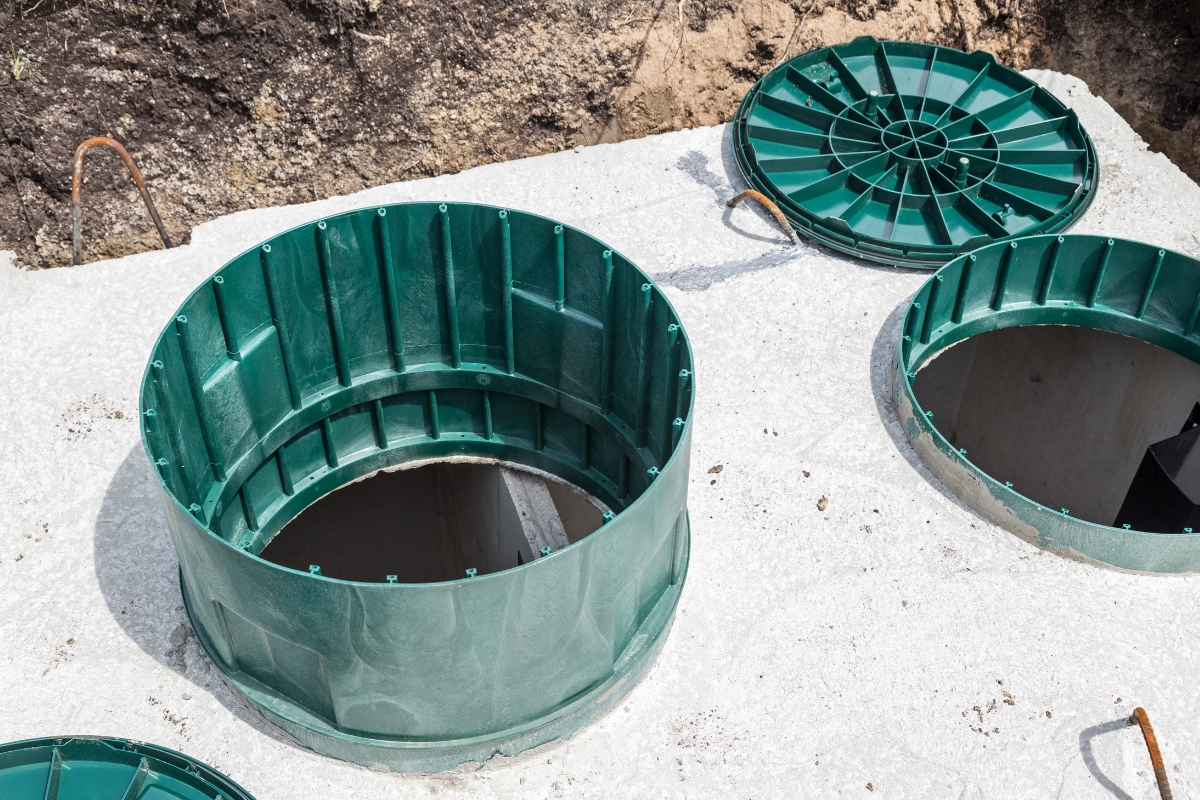
Advancements in technology have paved the way for innovative solutions that can help reduce septic system installation costs without compromising performance or quality.
One such advancement is the use of advanced treatment units (ATUs) or recirculating sand filters (RSFs). These systems provide enhanced treatment capabilities while requiring smaller drainfields compared to traditional systems. Although they may have higher upfront costs, they can potentially save you money in the long run by reducing excavation needs and allowing for more flexible installation options.
Additionally, some manufacturers offer pre-fabricated septic systems that are designed for easy installation. These pre-made systems can help streamline the installation process, saving both time and money.
Financing Options for Septic System Installations
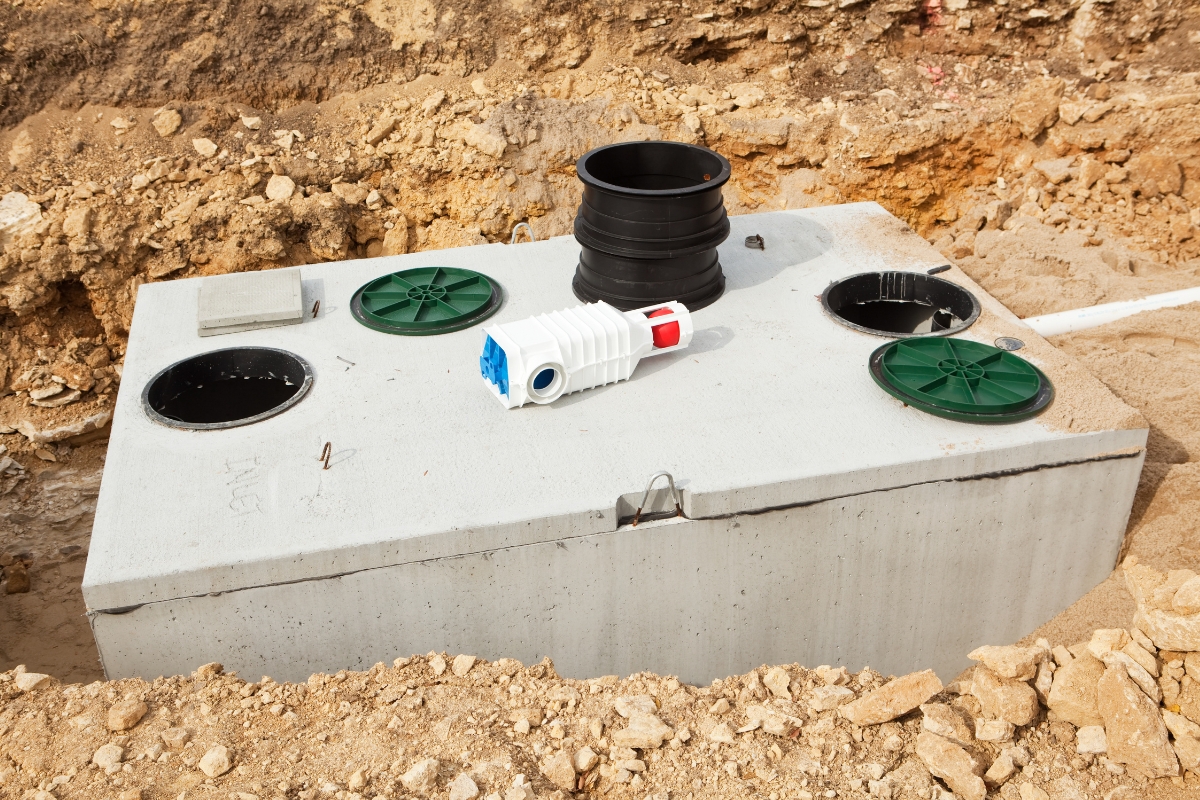
If budget constraints are a concern, several financing options are available to help homeowners cover the costs of septic system installations.
One option is to explore government-backed loan programs specifically designed for home improvements, such as the Federal Housing Administration (FHA) Title I Property Improvement Loan Program. These loans offer competitive interest rates and flexible repayment terms.
Another option is to inquire about financing plans offered by septic system contractors or local financial institutions. Many contractors have partnerships with lenders that can provide favorable financing terms tailored to your needs.
Remember to carefully review the terms and conditions of any financing option before committing. Consider factors such as interest rates, repayment periods, and any associated fees or penalties.
Tips for Negotiating with Contractors and Suppliers
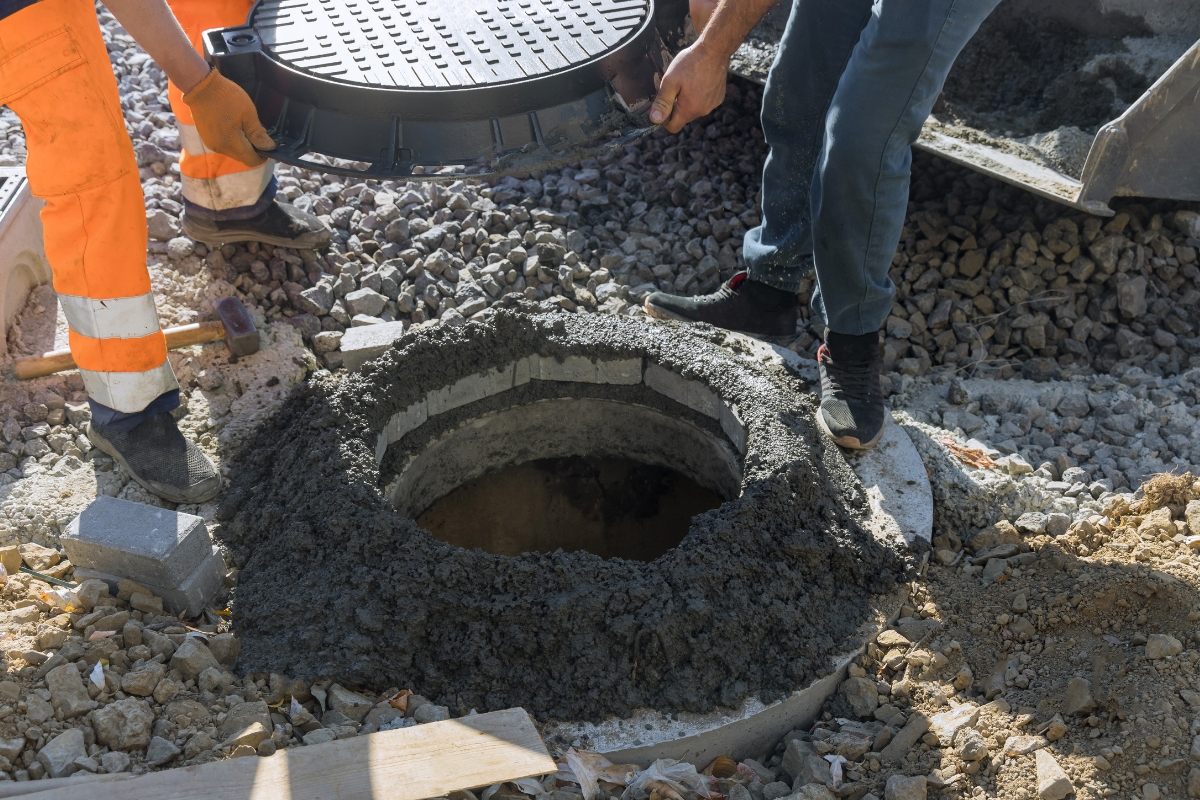
When it comes to managing septic costs, negotiating effectively with contractors and suppliers can make a significant difference in your overall budget. Here are some valuable tips to help you navigate this process smoothly:
- Research and Compare: Before engaging with any contractor or supplier, conduct thorough research on the current market prices for septic system installation. Compare quotes from different providers to have a clear understanding of the prevailing rates and industry standards.
- Define Your Requirements: Clearly outline your requirements for the septic system installation. Specify details such as the size of the system, materials needed, and any additional services you may require. Having a precise scope of work will help in obtaining accurate quotes.
- Negotiate Price and Payment Terms: Discuss the pricing structure with potential contractors and suppliers. Negotiate for competitive rates while ensuring that the quality of materials and services is not compromised. Also, explore flexible payment terms that align with your budget and project timeline.
- Ask for Discounts or Value-Added Services: Don’t hesitate to inquire about discounts or any value-added services that the contractors or suppliers can offer. Some providers may be willing to provide additional services or products at a reduced cost to secure the contract.
- Seek References and Reviews: Before finalizing any agreements, ask for references from previous clients and check online reviews to gauge the reputation and reliability of the contractors and suppliers. Opt for professionals with a proven track record of delivering quality work within the stipulated budget.
- Clarify Contract Terms: Ensure that all terms and conditions, including the scope of work, pricing, timelines, and warranties, are clearly stated in the contract. Review the document carefully and seek clarification on any ambiguous points before signing.
- Maintain Open Communication:Establish open communication channels with the contractors and suppliers throughout the project. Address any concerns or discrepancies promptly to avoid misunderstandings that could lead to additional costs or delays.
Conclusion: Securing Your Home’s Future Within Budget
As homeowners, understanding the costs associated with septic system installation is crucial for effective budgeting and planning. At Smart Septic Pros, we specialize in providing reliable and affordable septic system installation services tailored to your specific needs.
Our team is committed to delivering exceptional results that exceed your expectations while staying within your budget.
If you’re ready to take the next step in securing a reliable septic system for your home, don’t hesitate to reach out to us at 678-993-4545. Submit a request through our online contact form, and let’s get started on ensuring the long-term functionality and efficiency of your septic system.
